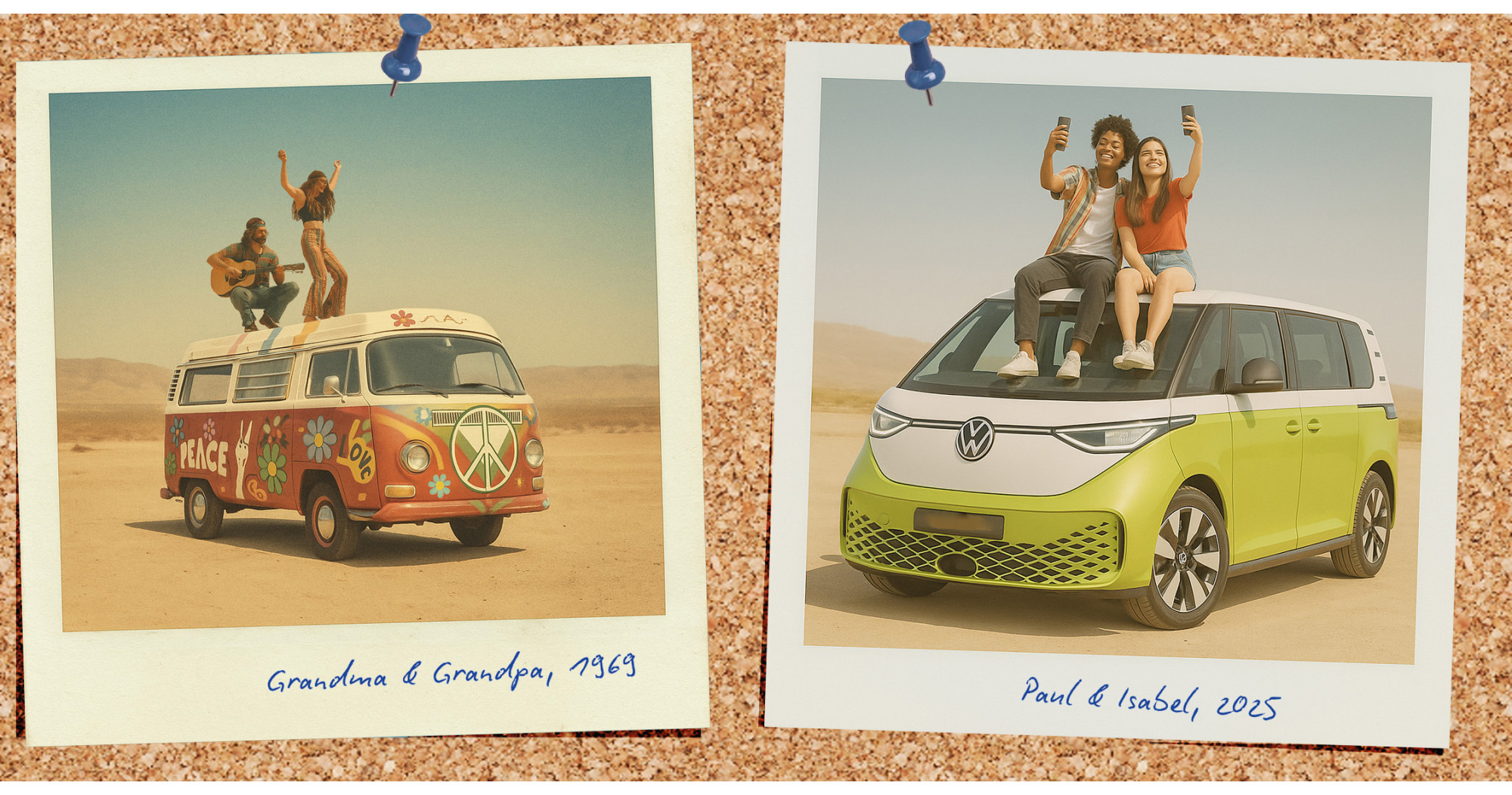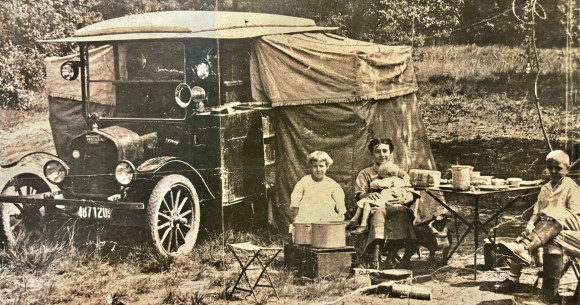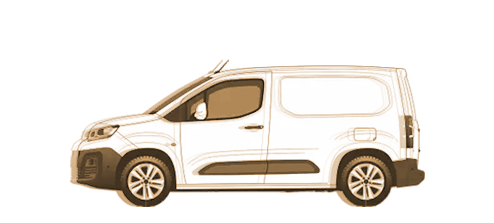From Hashtags to Nomadland: A Brief History of Vanlife (Part 2: 2000–Today)
In 2021, European campervan registrations hit record highs—up 24% globally—as millions traded office cubicles for four wheels and endless horizons. But this wasn't just a pandemic trend—it was the culmination of a 60-year journey from hippie rebellion to digital nomadism.
By the end of the 1990s, campervans and RVs were everywhere. Europeans took their VW T4s and Sprinters to music festivals, American families rumbled down highways in Winnebagos, and DIY tinkerers were busy gutting secondhand vans. Vanlife was familiar — but not yet a lifestyle movement. That would change with the rise of the internet, social media, and a new generation of wanderers seeking something more authentic than the cubicle-to-suburb pipeline.

Roots in the Hippie Bus Movement
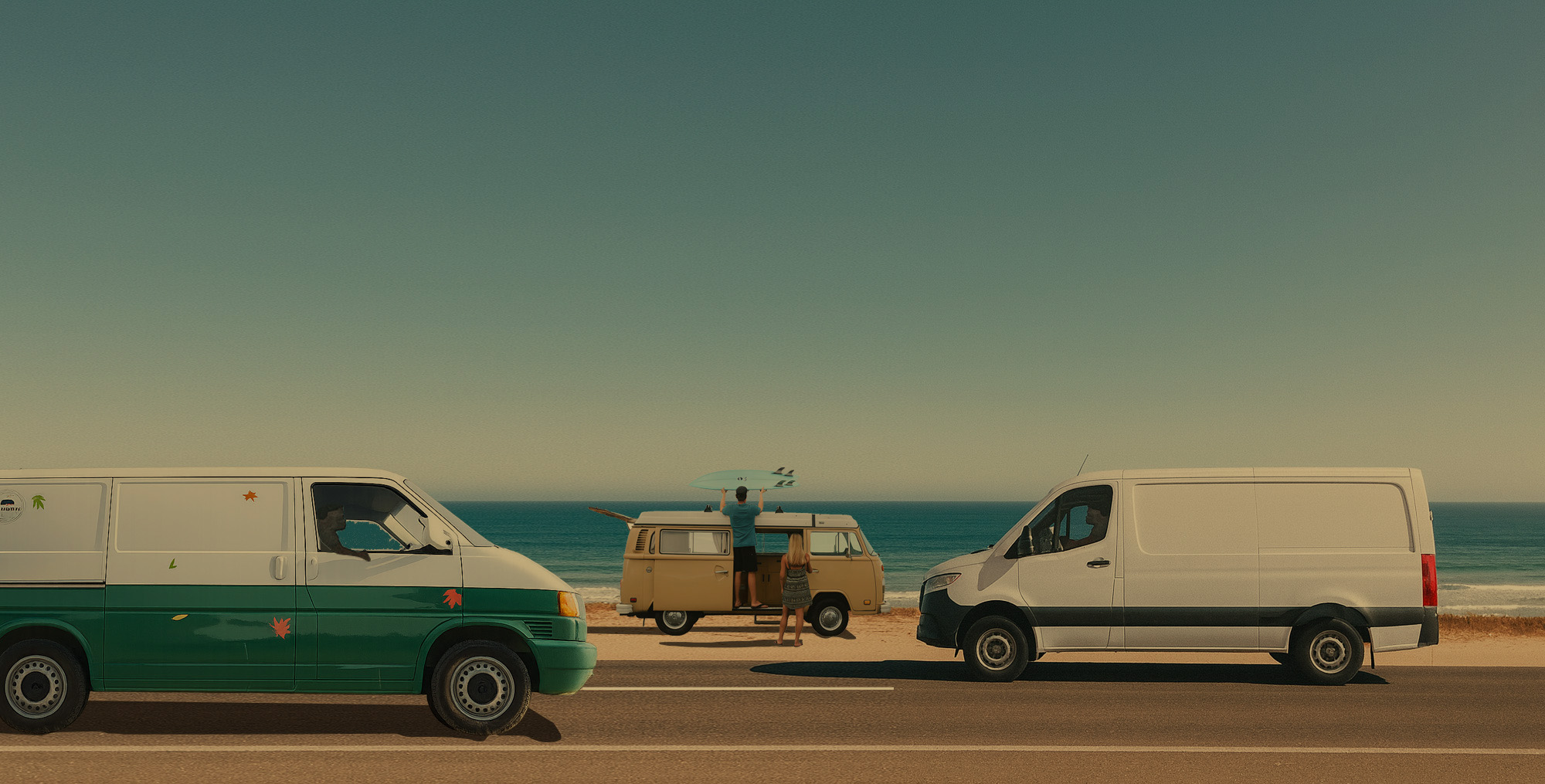
2000s — DIY Goes Digital
Icon: The Mercedes-Benz Sprinter (2nd gen, 2006) became the vanlifer's blank canvas — tall roofs, efficient diesel engines, and plenty of space for kitchens and beds. Across Europe, VW's T4 and T5 Transporters kept the surf scene alive, while in the U.S., families started experimenting with compact Class B campervans instead of giant RVs. The economic backdrop of rising housing costs began pushing creative professionals toward mobile solutions.

2010s — The Rise of #Vanlife
Cultural touchstone: The 2011 documentary The Bus traced the VW's transformation from hippie van to modern icon, while Little Miss Sunshine (2006) gave us the unforgettable image of a family finding connection through chaos in a yellow VW Bus.

2020s — Vanlife Boom (and Bust?)
Icon: The 2022 VW ID. Buzz (electric) hints at vanlife's next chapter, pairing flower-power nostalgia with zero-emissions. Electric e-Sprinters and Ford e-Transits are joining the race, promising a new era of off-grid, solar powered vanlife.
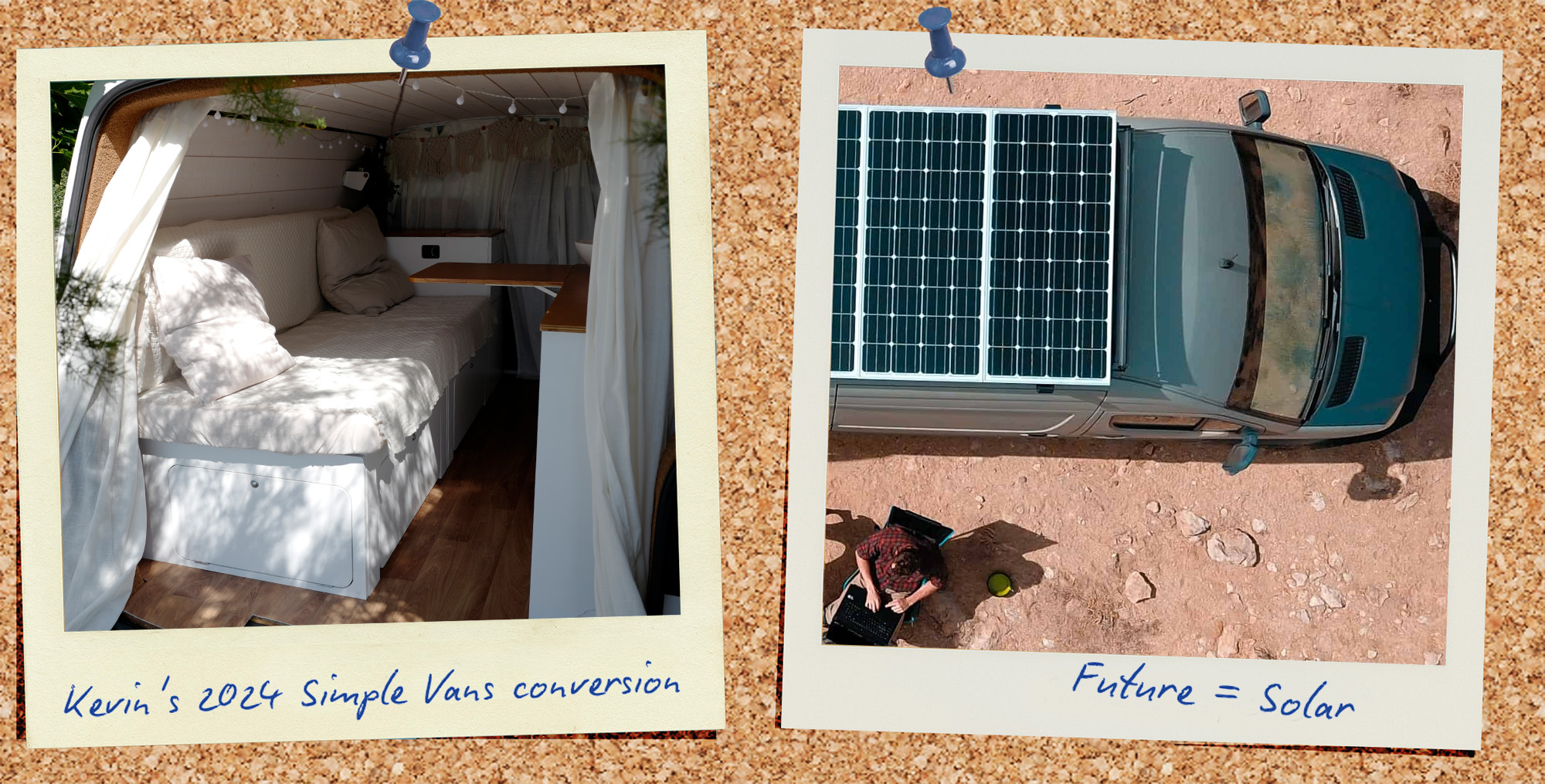
Vanlife today exists as a lifestyle of beautiful contradictions — romantic yet pragmatic, escapist yet entrepreneurial, nostalgic yet futuristic. It's simultaneously a YouTube dreamscape promising endless adventure and a practical housing solution for those priced out of traditional homes. The same van might house a tech worker earning six figures remotely and a seasonal worker stretching unemployment benefits.
From Foster Huntington's hashtag to Nomadland's Oscar, from solar panels powering laptops to electric vans promising sustainable wandering, vanlife has grown into a global culture that reflects our complex relationship with work, home, and freedom. The horizon that never ends now carries multiple meanings: endless possibility for some, endless uncertainty for others. Just like those flower-painted buses of the 1960s, today's sleek Sprinters and playful VW Buzzes promise the same thing their predecessors did — but in a world where the road itself has changed, and freedom looks different than it did when gas cost 30 cents a gallon and you could camp anywhere for free.


